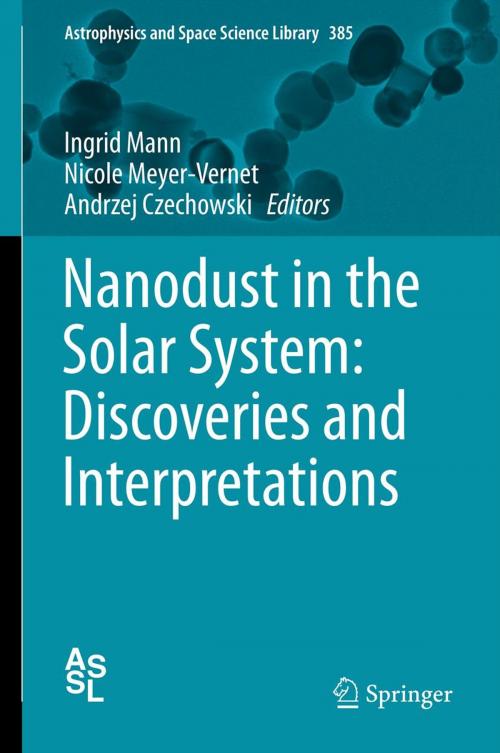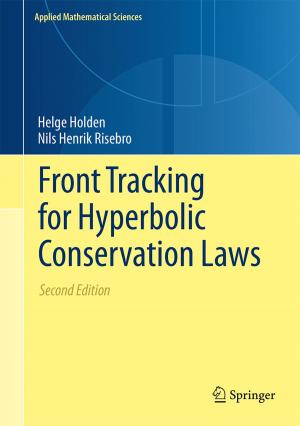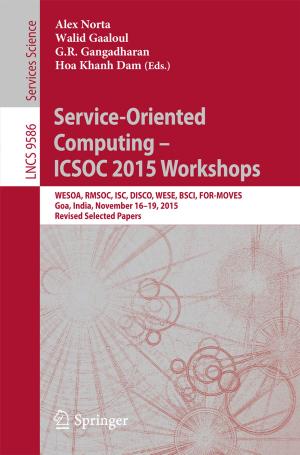Nanodust in the Solar System: Discoveries and Interpretations
Nonfiction, Science & Nature, Science, Physics, Solid State Physics, Astrophysics & Space Science, Technology| Author: | ISBN: | 9783642275432 | |
| Publisher: | Springer Berlin Heidelberg | Publication: | May 30, 2012 |
| Imprint: | Springer | Language: | English |
| Author: | |
| ISBN: | 9783642275432 |
| Publisher: | Springer Berlin Heidelberg |
| Publication: | May 30, 2012 |
| Imprint: | Springer |
| Language: | English |
Nanodust and nanometer-sized structures are important components of many objects in space. Nanodust is observed in evolved stars, young stellar objects, protoplanetary disks, and dust debris disks. Within the solar system, nanodust is observed with in-situ experiments from spacecraft. Nanometer-sized substructures are found in the collected cometary and interplanetary dust particles and in meteorites. Understanding the growth and destruction of dust, its internal evolution, as well as the optical properties and the detection of nanoparticles is of fundamental importance for astrophysical research.
This book provides a focused description of the current state of research and experimental results concerning nanodust in the solar system. It addresses three major questions: What is nanodust? How was it discovered in the solar system? And how do we interpret the observations? The book serves as a self-contained reference work for space researchers and provides solid information on nanodust in cosmic environments for researchers working in astrophysics or in other fields of physics.
Nanodust and nanometer-sized structures are important components of many objects in space. Nanodust is observed in evolved stars, young stellar objects, protoplanetary disks, and dust debris disks. Within the solar system, nanodust is observed with in-situ experiments from spacecraft. Nanometer-sized substructures are found in the collected cometary and interplanetary dust particles and in meteorites. Understanding the growth and destruction of dust, its internal evolution, as well as the optical properties and the detection of nanoparticles is of fundamental importance for astrophysical research.
This book provides a focused description of the current state of research and experimental results concerning nanodust in the solar system. It addresses three major questions: What is nanodust? How was it discovered in the solar system? And how do we interpret the observations? The book serves as a self-contained reference work for space researchers and provides solid information on nanodust in cosmic environments for researchers working in astrophysics or in other fields of physics.















